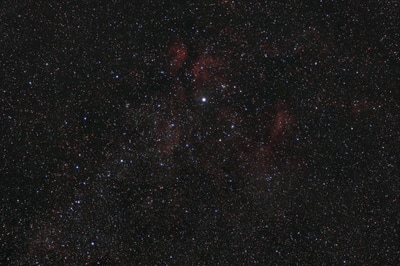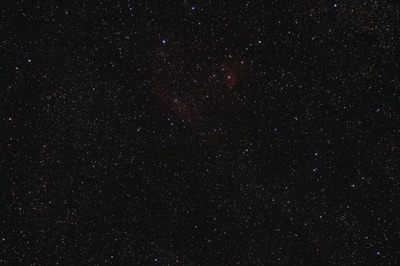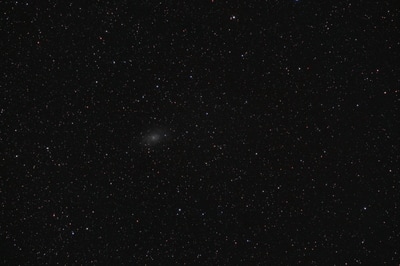|
When thinking of deep sky objects (DSOs) - distant nebulae and star clusters within the Milky Way and even more distant galaxies - it's natural to assume that a large telescope is required to view them. In many cases this is true, where the vast sizes of these objects is trumped by the even greater distances to them. However, there are a number of DSOs - relative neighbours in cosmic terms - that occupy surprisingly large slices of our sky. The gallery below shows a number of fairly bright DSOs along with the Moon, to show their relative apparent sizes.
0 Comments
Here's a set of images comparing light pollution between Crowdy Reservoir on Bodmin Moor, Cornwall, and south-east Hertfordshire, about a mile north-east of the town of Ware.
The montage shows the progression of the September 2015 lunar eclipse over a period of about two hours, as Earth's curved shadow passes across it. Unusually, this eclipse coincided with a so-called supermoon, where the full moon is at the closest point in its orbit and appears slightly larger to the eye - such an event will not occur again until 2033. At totality the Moon is still visible as some sunlight still reaches it by passing through the Earth's atmosphere. However, it appears much dimmer and redder than normal - at a second the final exposure in the sequence is 1,000 times longer than the first. The deep red colour is caused by the same phenomena that makes our sky blue - our atmosphere scatters blue light more readily so that more red light reaches the Moon's surface, and is reflected back to Earth.
Taken by Ken Bennett, with the aid of a 5" refracting telescope, DSLR camera and some choice Cornish cursing-words. |
Archives
May 2020
Categories
All
|















 RSS Feed
RSS Feed